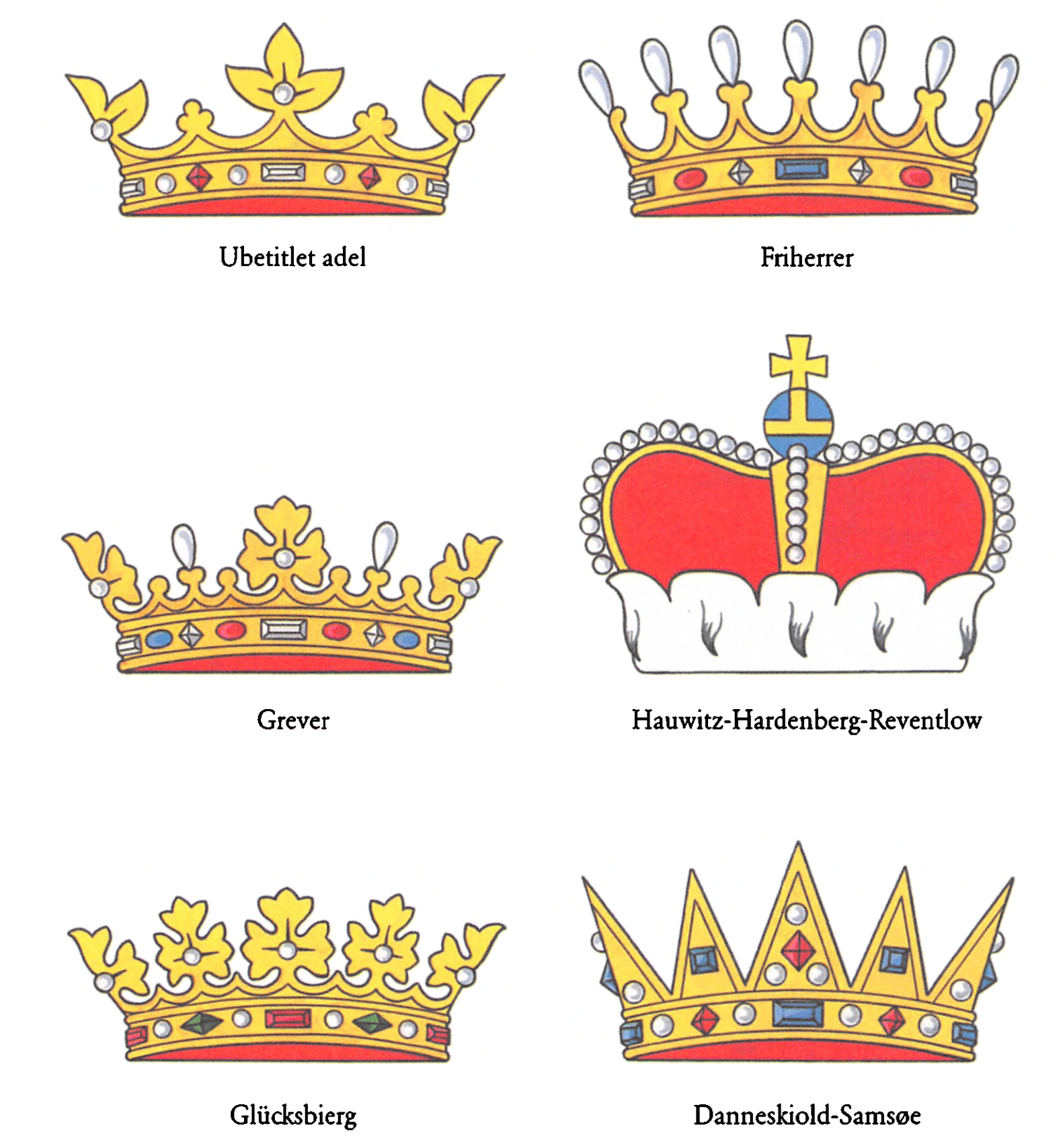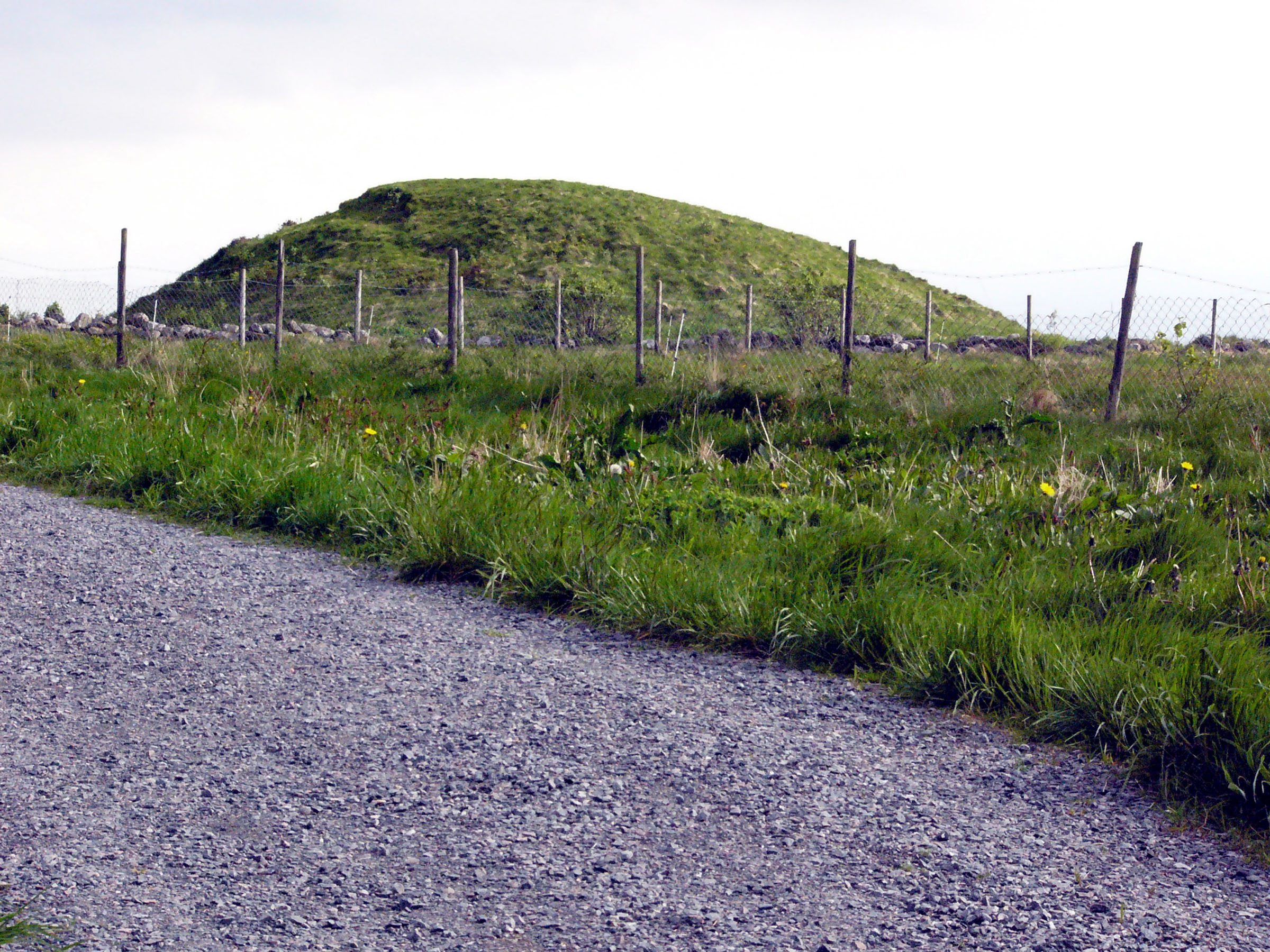|
Løvenørn (noble Family)
The Løvenørn family, also spelled ''de Løvenørn'', was a Danish and Norwegian noble family. History Poul Vendelbo (1686–1740) was on 14 January 1711 ennobled under the name ''Løvenørn'' (lit. ''Lion Eagle''). Among his descendants were his son Frederik de Løvenørn (1715-1779) and grandson, naval officer and hydrographer Poul de Løvenørn (1751-1826). Later generations included diplomat Poul Ludvig Ernst de Løvenørn (1839-1922). Gallery File:Frederik_L%C3%B8ven%C3%B8rn.jpg, Frederik Løvenørn (1715-1779) File:Poul_de_L%C3%B8ven%C3%B8rn_1751-1826.jpg, Poul de Løvenørn (1751-1826) File:Poul_L%C3%B8ven%C3%B8rn_1902_by_A._Pasetti_01.jpg, Poul Ludvig Ernst de Løvenørn (1839-1922) Coat of arms Description: ''In a shield divided into a yellow field and a red field by a downwards turned sword, in the 1st field an against left inister?directed blue lion rampant, holding the sword, and in the 2nd field a crowned gold double eagle. On the helm a noble coronet, w ... [...More Info...] [...Related Items...] OR: [Wikipedia] [Google] [Baidu] |
Noble Family
Nobility is a social class found in many societies that have an aristocracy (class), aristocracy. It is normally appointed by and ranked immediately below Royal family, royalty. Nobility has often been an Estates of the realm, estate of the realm with many exclusive functions and characteristics. The characteristics associated with nobility may constitute substantial advantages over or relative to non-nobles or simply formal functions (e.g., Order of precedence, precedence), and vary by country and by era. Membership in the nobility, including rights and responsibilities, is typically Hereditary title, hereditary and Patrilinearity, patrilineal. Membership in the nobility has historically been granted by a monarch or government, and acquisition of sufficient power, wealth, ownerships, or royal favour has occasionally enabled commoners to ascend into the nobility. There are often a variety of ranks within the noble class. Legal recognition of nobility has been much more common i ... [...More Info...] [...Related Items...] OR: [Wikipedia] [Google] [Baidu] |
Poul Vendelbo Løvenørn
Poul Thomsen Vendelbo de Løvenørn (born Poul Thomsen; 5 April 1686 – 27 February 1740) was a Danish army officer, diplomat and politician. He served as Secretary of War and Minister of the Navy in the 1730s and was the owner of Bregentved, Bregentved Manor. Early life and education He was born at Horsens, the son of farmer Thomas Poulsen Vendelbo (or Windelboe) (died 1693) and wife Anne Nielsdatter (1645–1708). His father died in 1693 and the mother then married customs officer Stephan Jacobsen (1664–1728) in 1694. He studied theology. Career He then travelled to Tsardom of Russia, Russia where he initially worked as a teacher and later became adjutant general at the court of Peter the Great. King Frederick IV of Denmark, Frederick IV raised him to the peerage under the surname Løvenørn on his return to Denmark in 1711. He was promoted through the ranks as a military officer and on 16 April 1722, was created Order of the Dannebrog, Knight of the Order of the Dannebrog ... [...More Info...] [...Related Items...] OR: [Wikipedia] [Google] [Baidu] |
Danish Nobility
Danish nobility is a social class and a former estate in the Kingdom of Denmark. The nobility has official recognition in Denmark, a monarchy. Its legal privileges were abolished with the constitution of 1849. Some of the families still own and reside in castles or country houses. A minority of nobles still belong to the elite, and they are as such present at royal events where they hold court posts, are guests, or are objects of media coverage, for example Kanal 4's TV-hostess Caroline Fleming née Baroness Iuel-Brockdorff. Some of them own and manage companies or have leading positions within business, banking, diplomacy and NGOs. Historians divide the Danish nobility into two categories: ancient nobility () and letter nobility () based on the way they achieved nobility. Another status-based categorization distinguishes between higher and lower nobility (). "Ancient nobility" refers to those noble families that are known from the era before the Danish reformation where ... [...More Info...] [...Related Items...] OR: [Wikipedia] [Google] [Baidu] |
Norwegian Nobility
The aristocracy of Norway is the modern and medieval aristocracy in Norway. Additionally, there have been economical, political, and military elites thatrelating to the main lines of Norway's historyare generally accepted as nominal predecessors of the aforementioned. Since the 16th century, modern aristocracy is known as nobility (). The very first aristocracy in today's Norway appeared during the Bronze Age (1800 BC500 BC). This bronze aristocracy consisted of several regional elites, whose earliest known existence dates to 1500 BC. Via similar structures in the Iron Age (400 BC793 AD), these entities would reappear as petty kingdoms before and during the Age of Vikings (7931066). Beside a chieftain or petty king, each kingdom had its own aristocracy. Between 872 and 1050, during the so-called unification process, the first national aristocracy began to develop. Regional monarchs and aristocrats who recognised King Harald I as their high king, would normally receive vass ... [...More Info...] [...Related Items...] OR: [Wikipedia] [Google] [Baidu] |
Frederik De Løvenørn
Frederik de Løvenørn (6 January 1715 — 15 October 1779) was a Danish naval officer who later served as county governor of Antvorskov and Jorsør counties. Early life and beckground Løvenørn was born on 6 January 1715, the son of Poul Vendelbo Løvenørn and Ingeborg Vinding. His father bought Bregentved Manor from the king on very favourable conditions in 1721. In the 1730s, he served as Secretary of War and Minister of the Navy. Career Løvenørn became naval officer in 1734. On 4 March 1740, he reached the rank of commander captain. In 1740 he also inherited Bregentved from his father but sold the estate back to the king the same year. In the same year, he was also appointed a Supreme Court justice. On 26 November 1746, he was appointed councillor (''deputeret'') in the Admiralitets- og KommissariatsKollegium. On 15 September 1747, he was awarded the title of ''Konferensraad''. From 11 August 1751 until his death, he served as county governor of Antvorskov and Korsø ... [...More Info...] [...Related Items...] OR: [Wikipedia] [Google] [Baidu] |
Poul De Løvenørn
Counter-Admiral Poul de Løvenørn (11 August 1751 – 16 March 1826) was a Danish naval officer, cartographer, scientist and diplomat. Personal life Poul de Løvenørn was the grandson of Poul Vendelbo Løvenørn and the son of . His mother was Frederikke née Holsten and there were ten siblings. His was one of the old noble families of Denmark. He was born 11 August 1751 in Antvorskov Kloster near Slagelse and died 16 March 1826 in Copenhagen.Topsøe-Jensen Vol 2 pages 155–159Project Runeberg - DBL Vol 10 pages 622–624/ref> He married twice, first on 12 December 1792 to Anna Marie Philippine née Dumreicher (died 1795), secondly on 25 April 1797 to Caroline Henriette née Gæde (died 1842). He second wife bore him two children: son Frederik Ernst Vendelbo de Løvenørn (1793–1849) and daughter Frederikke Sophie Elisabeth Løvenørn (1804–1889), who married , Count of Conradsborg (1787–1851), district governor of Præstø and Frederiksborg counties. Early career ... [...More Info...] [...Related Items...] OR: [Wikipedia] [Google] [Baidu] |
Danish Noble Families
Danish may refer to: * Something of, from, or related to the country of Denmark People * A Danish person, also called a "Dane", can be a national or citizen of Denmark (see Demographics of Denmark) * Culture of Denmark * Danish people or Danes, people with a Danish ancestral or ethnic identity * A member of the Danes, a Germanic tribe * Danish (name), a male given name and surname Language * Danish language, a North Germanic language used mostly in Denmark and Northern Germany * Danish tongue or Old Norse, the parent language of all North Germanic languages Food * Danish cuisine * Danish pastry, often simply called a "Danish" See also * Dane (other) * * Gdańsk * List of Danes * Languages of Denmark The Kingdom of Denmark has only one official language, Danish, the national language of the Danish people, but there are several minority languages spoken, namely Faroese, German, and Greenlandic. A large majority (about 86%) of Danes also ... {{disambigu ... [...More Info...] [...Related Items...] OR: [Wikipedia] [Google] [Baidu] |
Norwegian Noble Families
The aristocracy of Norway is the Modern history, modern and Medieval Ages, medieval Aristocracy (class), aristocracy in Norway. Additionally, there have been economical, political, and military elites thatrelating to the main lines of History of Norway, Norway's historyare generally accepted as nominal predecessors of the aforementioned. Since the 16th century, modern aristocracy is known as nobility (). The very first aristocracy in today's Norway appeared during the Bronze Age (1800 BC500 BC). This bronze aristocracy consisted of several regional elites, whose earliest known existence dates to 1500 BC. Via similar structures in the Iron Age (400 BC793 AD), these entities would reappear as Petty kingdoms of Norway, petty kingdoms before and during the Viking Age, Age of Vikings (7931066). Beside a chieftain or petty king, each kingdom had its own aristocracy. Between 872 and 1050, during the so-called Unification of Norway, unification process, the first national aristocracy beg ... [...More Info...] [...Related Items...] OR: [Wikipedia] [Google] [Baidu] |




